Support the LA Phil
Keep the music going. If you are able, please help the LA Phil continue to make programs like this one and impact lives through music education.
Give now:
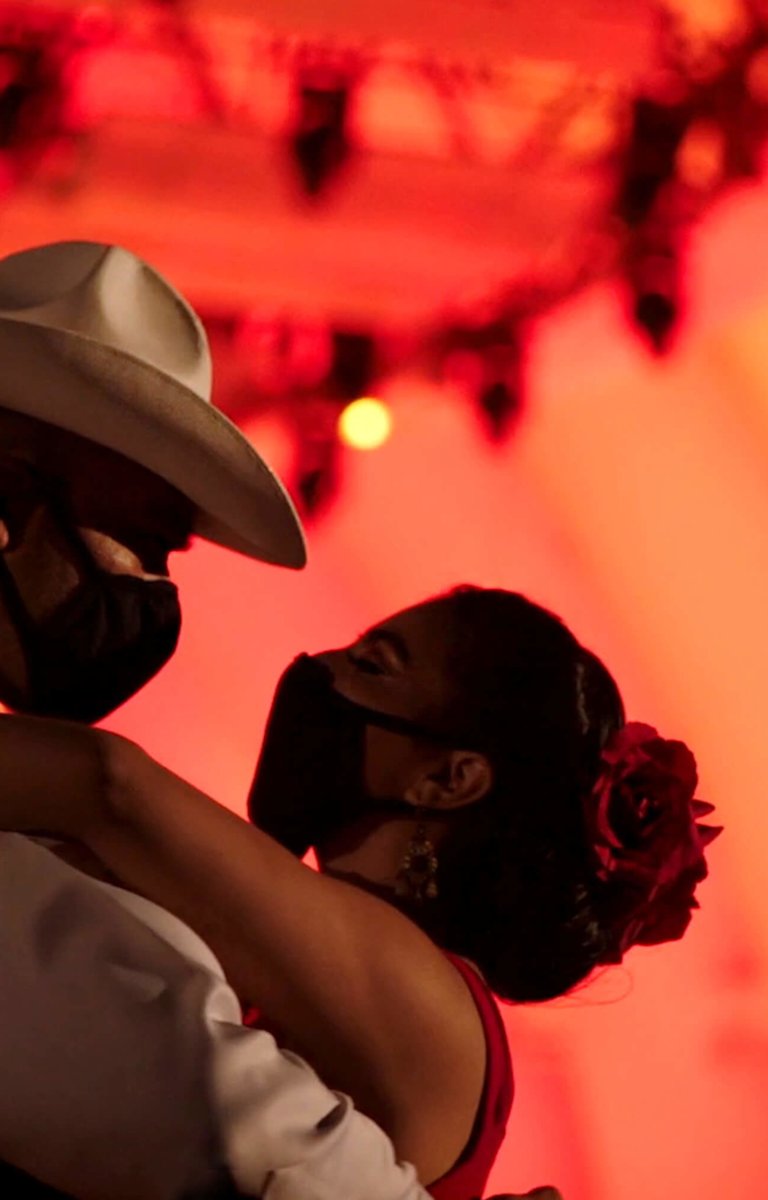
Season 1 - EP2
Salón Los Ángeles
This concert’s streaming date has passed. Enjoy its accompanying essay, interview, special performances and more below.
This episode was released on Jan 1st
About the episode
Nowadays partner dancing is reserved for wedding attendees and ballroom enthusiasts, but in the North American Jazz Age of the 1920s, the foxtrot, waltz, and tango still held sway while dance crazes like the Charleston and Lindy Hop were sweeping the nation. Meanwhile, south of the border, the elegant danzón was making its way from Veracruz to Mexico City, where it would blossom in the 1930s and ’40s at dance halls like the still-surviving Salón Los Ángeles. While generations apart, both George Gershwin and Arturo Márquez set the orchestra in metaphorical motion, drawing inspiration from the early 20th-century partner dances of their respective nations.
Gustavo Dudamel
Conductor
Los Angeles Philharmonic
Orchestra
Jean-Yves Thibaudet
Piano
Program
Danzón No. 1
Arturo Márquez (b. 1950; Sonora, Mexico) is the oldest of nine children, but despite his grandfather being a folk musician and his father performing mariachi, Arturo was the only one of his siblings who became a musician. He began composing at 16 and eventually earned advanced degrees at the Mexican Conservatory and at CalArts. Márquez is known for fusing Mexican nationalistic styles with classical composition techniques. He is particularly celebrated for a series of nine danzones that were inspired by the golden age of danzón in the 1940s, when it was very popular in Mexican ballrooms and dance halls, particularly in Veracruz. His Danzón No. 1 highlights a series of wind solos and groupings, gradually adding instruments and volume much like a more genteel version of Ravel’s Bolero.
Composed: 1994
Orchestration: first violin, second violin, viola, cello, bass, flute, oboe, clarinet, bassoon, alto saxophone, horn, trumpet, trombone, harp, piano
Rhapsody in Blue
Despite his short life, George Gershwin (1898–1937) found success in Tin Pan Alley, Broadway musicals, and concert music; the Great American Songbook is teeming with his melodies. Rhapsody in Blue is now one of the most famous of American orchestral pieces but consider the pressure he was under at the time. First, he didn’t find out about it until weeks before it was due; he didn’t even have time to write out all the piano solo, which he played. He knew little about orchestration in 1924; fortunately, arranger extraordinaire Ferde Grofé took on that assignment. The premiere took place near the end of a long program in front of such luminaries as Victor Herbert, Sergei Rachmaninoff, Igor Stravinsky, Leopold Stokowski, Fritz Kreisler, and John Philip Sousa. On top of all that, Gershwin was essentially creating something new, a hybrid for piano and jazz band that combined elements of jazz, classical, and popular music. His brother Ira came up with the iconic title.
Composed: 1924
Orchestration: 6 first violin, 6 second violin, oboe, 2 clarinet, 2 saxophone, 2 horn, 2 trumpet, 2 trombone, tuba, timpani, percussion, piano, celesta, banjo, solo piano
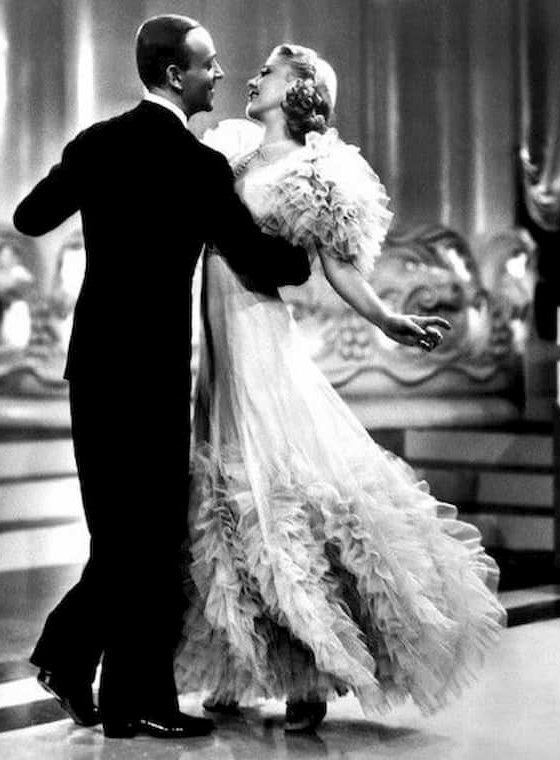
Shall We Dance?
by Julia Ward
Social dances are not meant to be performed for audiences. They are asking for your participation – your turn around the dance floor, the church hall, the ceremonial fire. There are steps to be learned, but they aren’t hard. Once the beat finds its way into your body and muscle memory takes over, you’ve stopped thinking and started dancing.
Composers George Gershwin and Arturo Márquez both found inspiration in the dance hall – Márquez in the danzón and Gershwin in the big band–backed partner dances of his day. The foundation of these dances (and almost all partner dances) is the frame, the way in which you and your partner hold one another combined with posture, posture, posture.
The frame is what makes leading and following possible. In a proper embrace, followers can detect otherwise imperceptible cues from the leaders telling them what’s next and how to get there. The frame, along with the beat, tempo, hesitations, ochos, turns, and dips, is what quiets the whirring of an anxious mind and replaces it with the steady thump of a heartbeat. The choreographer Agnes De Mille said, “To dance is to be out of yourself,” and she wasn’t wrong.
“To dance is to be out of yourself”
Wouldn’t it be nice to be out of yourself right now, for even a few minutes? To hold and be held? Or does dancing make you feel self-conscious? Don’t worry. No one is ever paying attention, and even if they were, anyone lost in reverie on the dance floor is beautiful.
We’re going to need dance floors once the days of social distancing and quarantines are over. We’re going to need dance floors as far as the eye can see, including the one at Salón Los Ángeles in CDMX that inspired Márquez and welcomed Dudamel. The hall is threatened with closure due to the pandemic, but you can help by paying them a visit online: salonlosangeles.mx.
And when it’s all over, find the nearest discotheque, throw a block party, or just clear the furniture out of the living room and ask yourself the question George and Ira Gershwin gave Fred Astaire to sing:
Shall we dance or keep on moping? Shall we dance and walk on air? Shall we give in to despair Or shall we dance with never a care? Life is short, we’re growing older Don’t you be an also-ran You’d better dance, little lady, dance, little man Dance whenever you can
Author Bio - Julia Ward is the LA Phil's Director of Humanities.
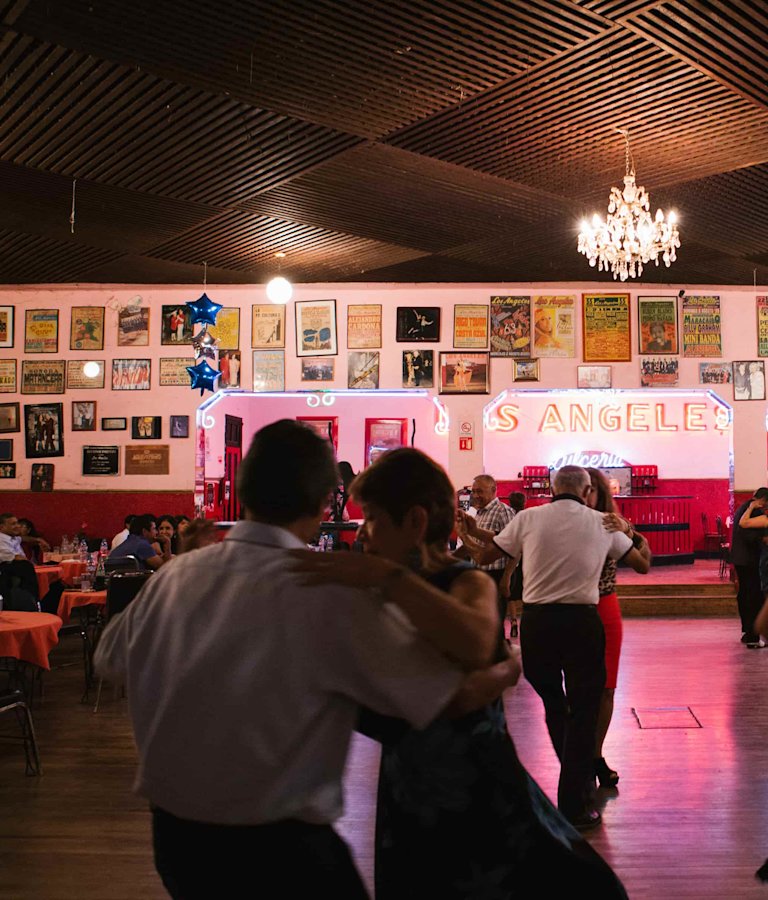

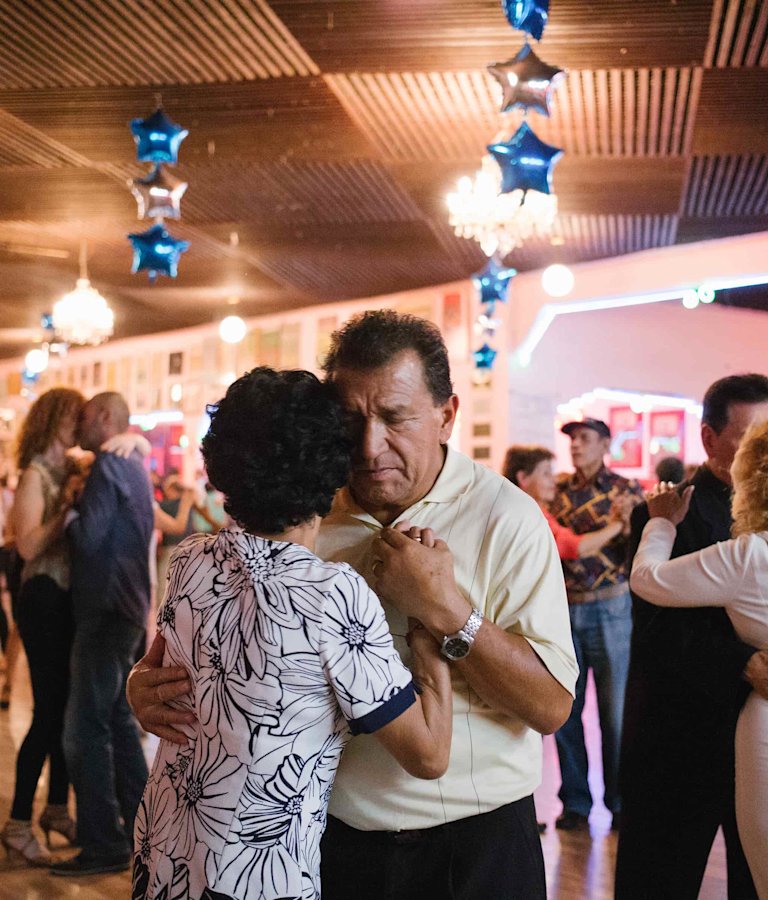
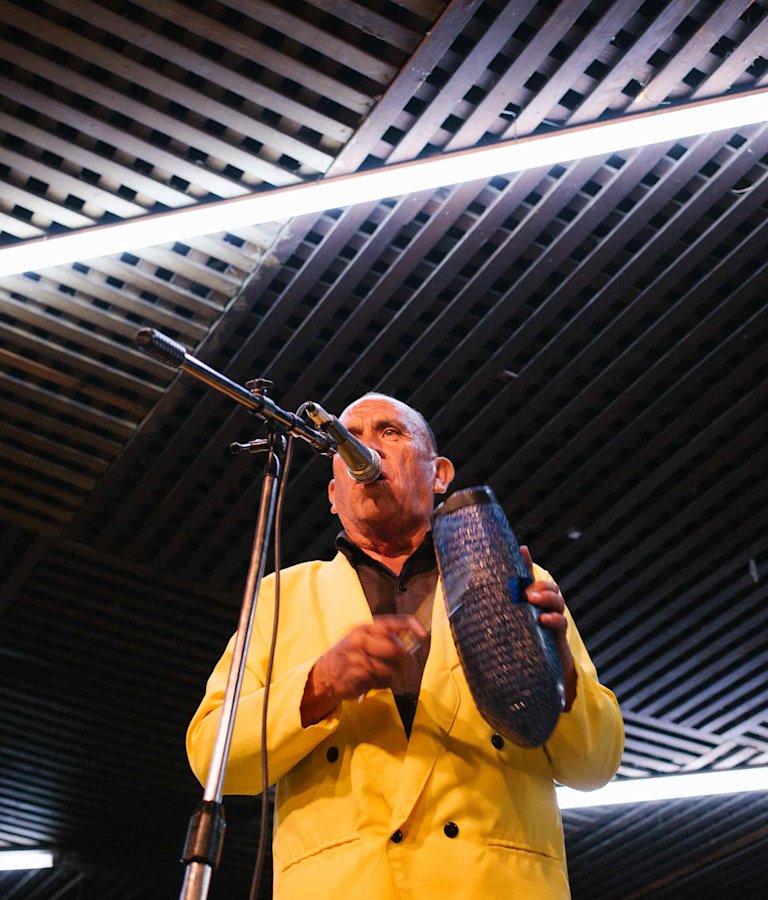

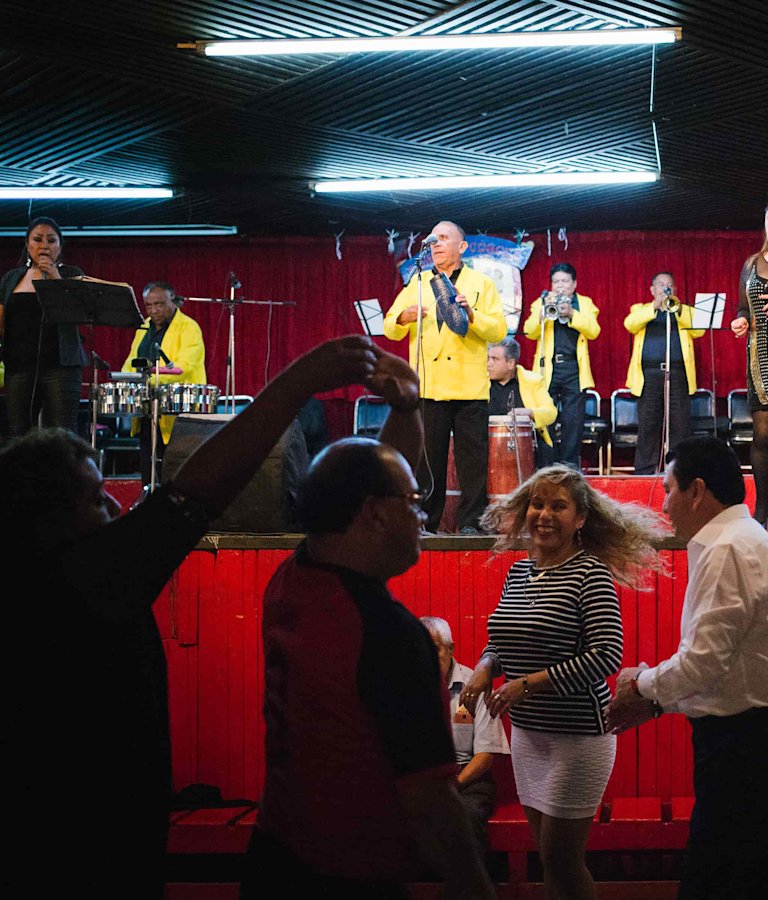

Salón Los Ángeles – Photos by Alicia Vera
Salón Los Ángeles opened in 1937 and has become one of the most iconic dance halls in Mexico City. It has gained new appreciation among the next generation of Mexicans and travelers alike but has remained a staple to a close-knit community. Dancers move to a live band playing salsa, cumbia, or danzón. They say that those who don't know Salón Los Ángeles don’t know Mexico City.
Alicia Vera is a Mexican American documentary photographer.
Salón Los Ángeles – Photos by Alicia Vera
Salón Los Ángeles opened in 1937 and has become one of the most iconic dance halls in Mexico City. It has gained new appreciation among the next generation of Mexicans and travelers alike but has remained a staple to a close-knit community. Dancers move to a live band playing salsa, cumbia, or danzón. They say that those who don't know Salón Los Ángeles don’t know Mexico City.
Alicia Vera is a Mexican American documentary photographer.
Salón Los Ángeles – Photos by Alicia Vera
Salón Los Ángeles opened in 1937 and has become one of the most iconic dance halls in Mexico City. It has gained new appreciation among the next generation of Mexicans and travelers alike but has remained a staple to a close-knit community. Dancers move to a live band playing salsa, cumbia, or danzón. They say that those who don't know Salón Los Ángeles don’t know Mexico City.
Alicia Vera is a Mexican American documentary photographer.
Salón Los Ángeles – Photos by Alicia Vera
Salón Los Ángeles opened in 1937 and has become one of the most iconic dance halls in Mexico City. It has gained new appreciation among the next generation of Mexicans and travelers alike but has remained a staple to a close-knit community. Dancers move to a live band playing salsa, cumbia, or danzón. They say that those who don't know Salón Los Ángeles don’t know Mexico City.
Alicia Vera is a Mexican American documentary photographer.
Salón Los Ángeles – Photos by Alicia Vera
Salón Los Ángeles opened in 1937 and has become one of the most iconic dance halls in Mexico City. It has gained new appreciation among the next generation of Mexicans and travelers alike but has remained a staple to a close-knit community. Dancers move to a live band playing salsa, cumbia, or danzón. They say that those who don't know Salón Los Ángeles don’t know Mexico City.
Alicia Vera is a Mexican American documentary photographer.
Salón Los Ángeles – Photos by Alicia Vera
Salón Los Ángeles opened in 1937 and has become one of the most iconic dance halls in Mexico City. It has gained new appreciation among the next generation of Mexicans and travelers alike but has remained a staple to a close-knit community. Dancers move to a live band playing salsa, cumbia, or danzón. They say that those who don't know Salón Los Ángeles don’t know Mexico City.
Alicia Vera is a Mexican American documentary photographer.
Salón Los Ángeles – Photos by Alicia Vera
Salón Los Ángeles opened in 1937 and has become one of the most iconic dance halls in Mexico City. It has gained new appreciation among the next generation of Mexicans and travelers alike but has remained a staple to a close-knit community. Dancers move to a live band playing salsa, cumbia, or danzón. They say that those who don't know Salón Los Ángeles don’t know Mexico City.
Alicia Vera is a Mexican American documentary photographer.
Salón Los Ángeles – Photos by Alicia Vera
Salón Los Ángeles opened in 1937 and has become one of the most iconic dance halls in Mexico City. It has gained new appreciation among the next generation of Mexicans and travelers alike but has remained a staple to a close-knit community. Dancers move to a live band playing salsa, cumbia, or danzón. They say that those who don't know Salón Los Ángeles don’t know Mexico City.
Alicia Vera is a Mexican American documentary photographer.
Salón Los Ángeles – Photos by Alicia Vera
Salón Los Ángeles opened in 1937 and has become one of the most iconic dance halls in Mexico City. It has gained new appreciation among the next generation of Mexicans and travelers alike but has remained a staple to a close-knit community. Dancers move to a live band playing salsa, cumbia, or danzón. They say that those who don't know Salón Los Ángeles don’t know Mexico City.
Alicia Vera is a Mexican American documentary photographer.
Salón Los Ángeles – Photos by Alicia Vera
Salón Los Ángeles opened in 1937 and has become one of the most iconic dance halls in Mexico City. It has gained new appreciation among the next generation of Mexicans and travelers alike but has remained a staple to a close-knit community. Dancers move to a live band playing salsa, cumbia, or danzón. They say that those who don't know Salón Los Ángeles don’t know Mexico City.
Alicia Vera is a Mexican American documentary photographer.
Listen Up
A playlist by ARTURO MÁRQUEZ
Arturo Márquez’s playlist offers a musical education, moving from Mexico City’s dance halls to concert halls around the world. The composer wrote, “In the 20th century, the music of the Caribbean, and especially that of Cuba, was the soul of dance halls. In the ’30s, ’40s, and ’50s, danzón, mambo, and cha cha cha were danced and developed by the Latin American youth of that time. And although these celebrations have been largely lost on our continent, Mexico has maintained the taste for these dances in its parties, squares, and especially in a few dance halls that have maintained these traditions with old dancers and many young people. The dancers in these rooms continue to dance danzón, mambo, cha cha cha, and bolero, and more modern dances have been added, such as cumbia, salsa, and bachata. This music has been the inspiration for many concert music composers in Cuba, Mexico, and the United States.”
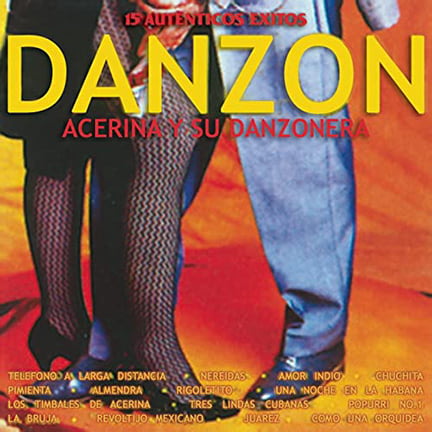
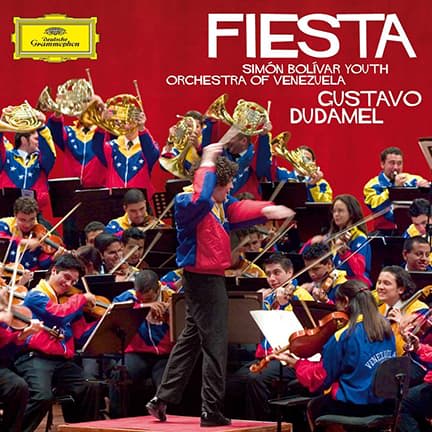
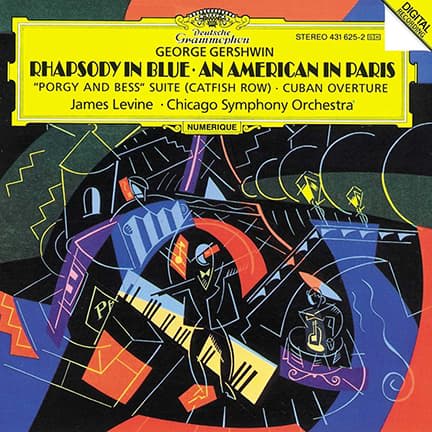
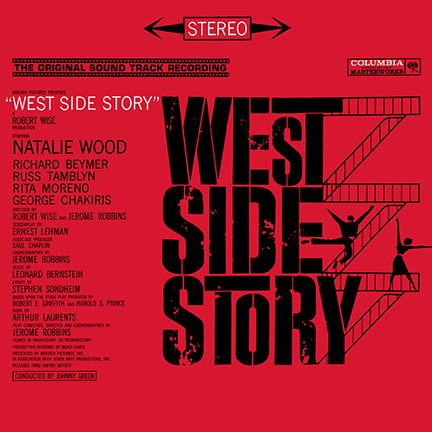
EP 2 CREDITS
An LA Phil Media Production
Gustavo Dudamel Music & Artistic Director
Featuring Jean-Yves Thibaudet
Directed by James Lees
GRANDEZA MEXICANA FOLK BALLET COMPANY Wendy Maravilla-G. Miguel Marrón Valeria Miranda Isaac Villarreal
Wardrobe for Jean-Yves Thibaudet provided by Ron Tomson.
SOUND DESIGN Fred Vogler
LIGHTING DESIGN Robin Gray Academy Lighting Consultants
IATSE LOCAL 33 Kevin Brown, Master Carpenter Andy Kassan, Master Electrician Donald Quick, Property Master Michael Sheppard, Master Audio-Visual/Union Steward Kevin Wapner, Assistant Audio-Visual
The stage crew is represented by the International Alliance of Theatrical Stage Employees and Moving Picture Machine Operators of the United States and Canada, Local 33
The Los Angeles Philharmonic thanks the Los Angeles County Board of Supervisors and the Department of Parks and Recreation who value assuring access to arts and culture in Los Angeles:
BOARD OF SUPERVISORS Hilda L. Solis, First District Mark Ridley-Thomas, Second District Sheila Kuehl, Third District Janice K. Hahn, Fourth District Kathryn Barger, Fifth District and Chair
PARKS AND RECREATION Norma E. Garcia, Director of Parks and Recreation and Regional Parks and Open Space District
EDITED AT PARALLAX Editor: Ross Constable Additional Editor: Qing Shao Additional Editor: Guangwei Du Executive Producer: Graham Zeller Post Producer: Amanda Phillips Color Correction: Bossi Baker Sound Mix: Unbridled Sound
WEBSITE ToyFight